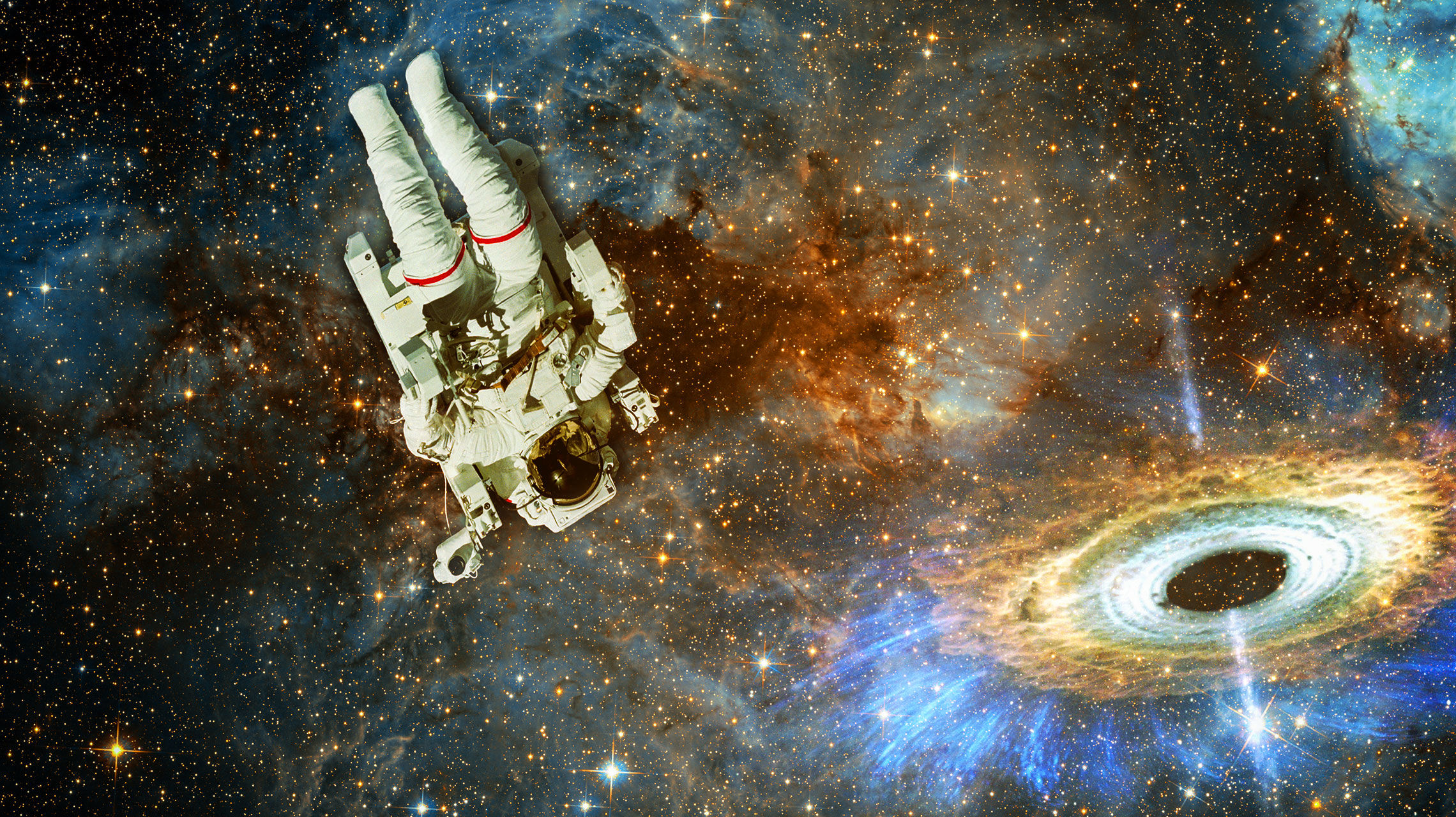Create a free profile to get unlimited access to exclusive videos, sweepstakes, and more!
Real time footage of aurora shows them dancing and shimmering

Photographer Alistair Chapman traveled to Tromso, Norway -- 300 km north of the Arctic Circle -- to capture video of the aurorae from the recent spate of solar storms. What he caught on camera is remarkable: shimmering, waving, dancing lights moving in real time!
[Make sure you set it to 720p; Chapman says higher-def footage is coming soon.]
That's amazing. Aurorae video is generally done with time lapse to show the movement, which is usually slow. I've often wondered just how fast the movement really is; I always figured fluctuations in the solar particle density, speed, and magnetic fields would produce real-time changes in the lights, but I'd never seen anything like this! After a search of YouTube I actually found several more.
I know some people will think this is fake, and I had my skeptic hat on while watching it. Note that in most time lapse you can see the stars move; in this they don't, indicating (unless it's a complete fake) short periods of time during the filming. Given that, plus the existence of other video like it, I'm thinking this is real.
Mind you, the movement you're seeing isn't a physical motion. It's not like solid curtains of material are flapping. The lights are caused by atoms in the upper atmosphere getting hit by subatomic particles blasted out by the Sun, caught by our Earth's magnetic field, and funneled down into our air. These particles dump energy into the atoms, moving the electrons up in energy (called excitation). The electrons then jump back down, emitting light in the process (de-excitation). As I said in an earlier post, it's like needing energy to jump up stairs, but releasing it as you jump down.
Different atoms have different energy levels for the electrons -- think of it as more or less spacing vertically between steps in a staircase -- so the energy emitted is different, resulting in different colors emitted. That's why we see green, red, purple... they come mostly from oxygen and nitrogen in the air. So as the magnetic field fluctuates, the particles are sent shooting down in different places, giving the appearance of motion while the atoms themselves don't move.
The physics is complex and interesting, but the beauty of these lights is, to use another term, magical. Not in the fantasy sense, but in the sense of the emotional response we have to them. They are simply breathtaking in these videos, and are a wonderful by-product of our tempestuous Sun.
Tip o' the lens cap to sunspotter.
Related posts:
- Two lovely aurora time lapse videos
- Time lapse: The Aurora
- Water falls, moonbow shines, aurorae glow
- JAW DROPPING Space Station time lapse!


























